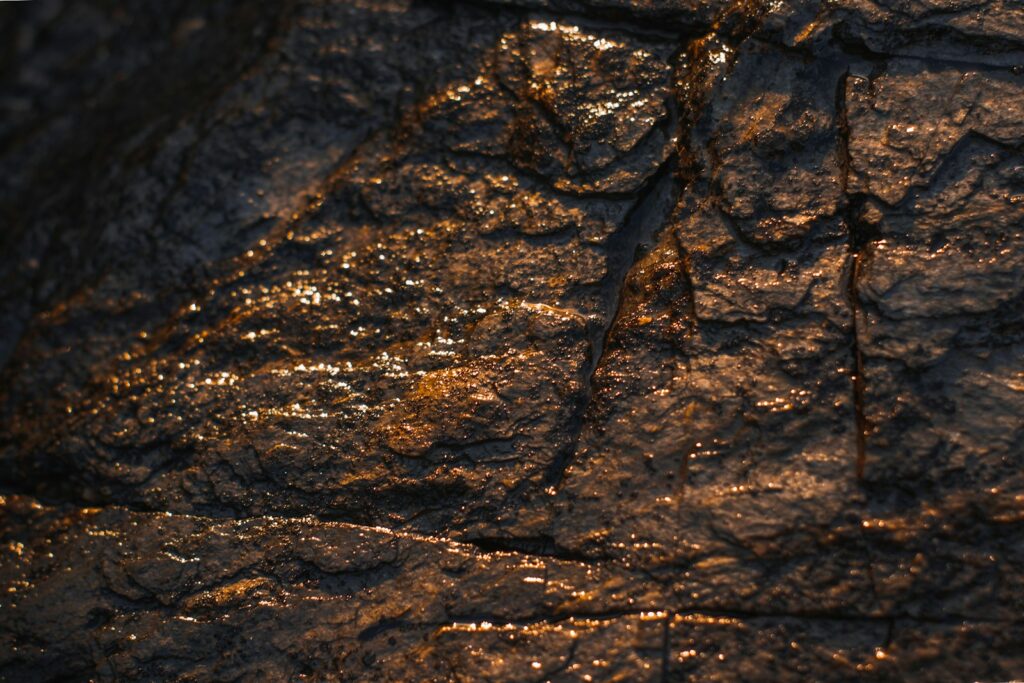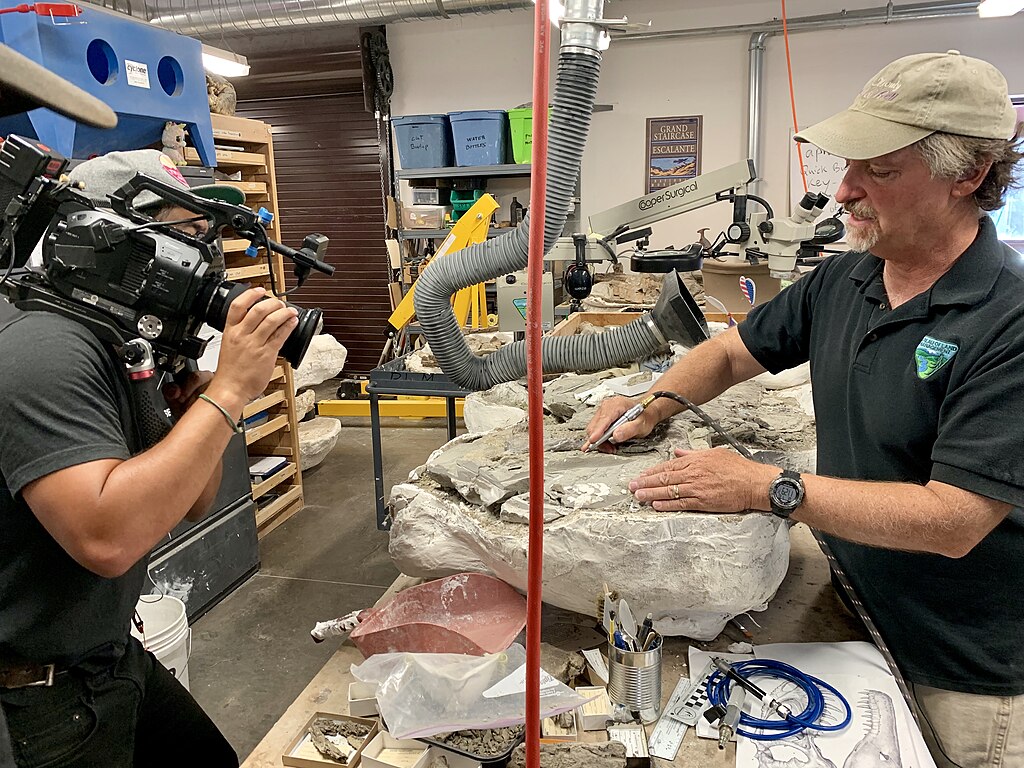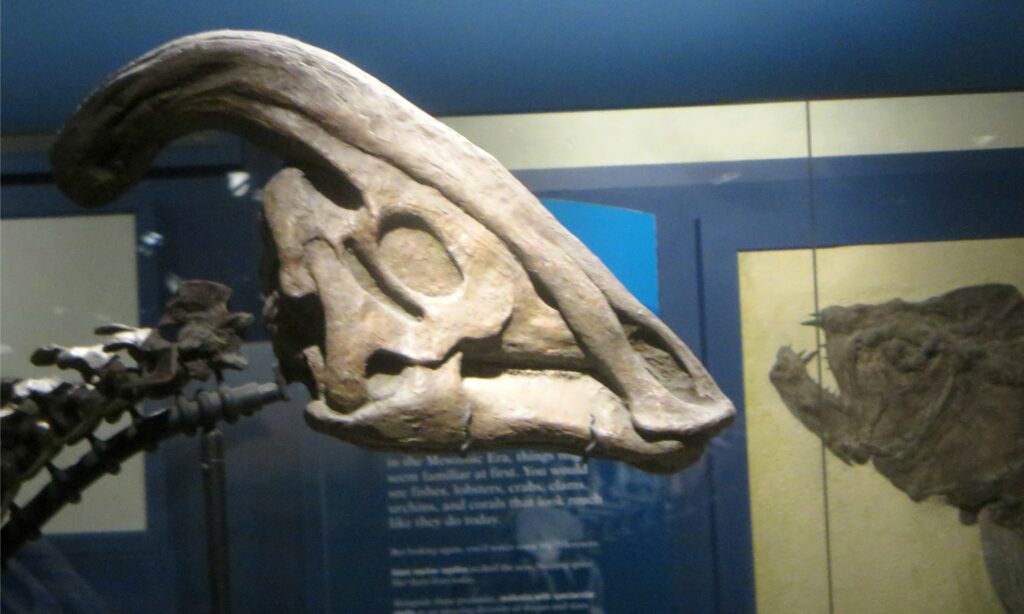In the heart of Berlin stands one of the world’s most impressive dinosaur specimens—a colossal skeleton that dominates the main hall of the Museum für Naturkunde. Known as Giraffatitan brancai (formerly classified as Brachiosaurus brancai), this towering giant has become not just a symbol of the museum but a cultural icon for Berlin itself. Excavated from Tanzania’s Tendaguru Formation over a century ago, this magnificent specimen represents one of the most complete large dinosaur skeletons ever discovered. Its imposing presence—standing nearly 13 meters tall—creates an unforgettable first impression for visitors and has inspired generations of dinosaur enthusiasts. But what makes this particular fossil so special, and why has it earned such a prominent place in both scientific history and popular culture?
The Discovery: Unearthing a Giant in German East Africa
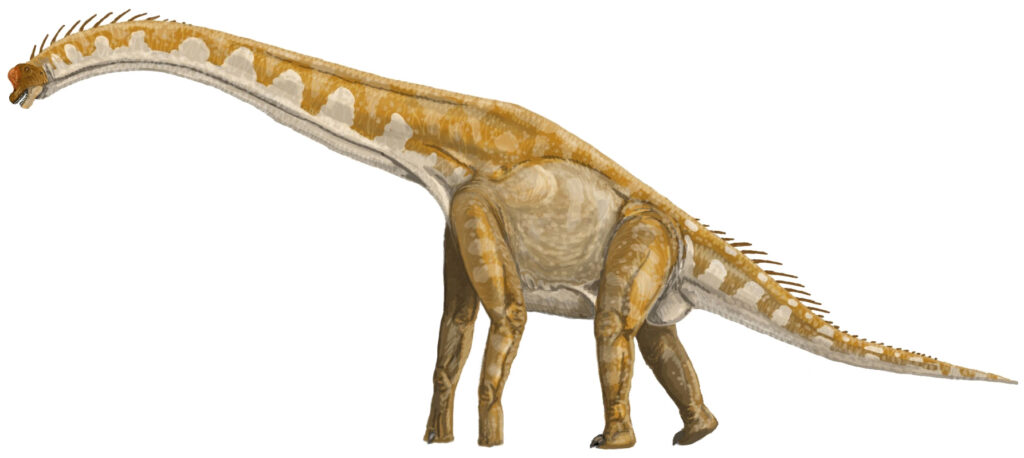
The story of Berlin’s famous dinosaur begins in 1906 when the Museum für Naturkunde launched an ambitious expedition to the Tendaguru Formation in what was then German East Africa (now Tanzania). Led by German paleontologist Werner Janensch, the expedition became one of the most successful dinosaur hunts in history. Between 1909 and 1913, the team excavated more than 225 tons of fossil material, including the remarkably complete skeleton of what would later be named Giraffatitan brancai. The fossils were painstakingly packed and shipped back to Berlin, surviving the perilous journey across oceans during a tumultuous period in world history. This monumental effort represented not just a scientific achievement but also demonstrated the significant resources colonial powers were willing to invest in paleontological pursuits during this era.
From Brachiosaurus to Giraffatitan: A Taxonomic Journey
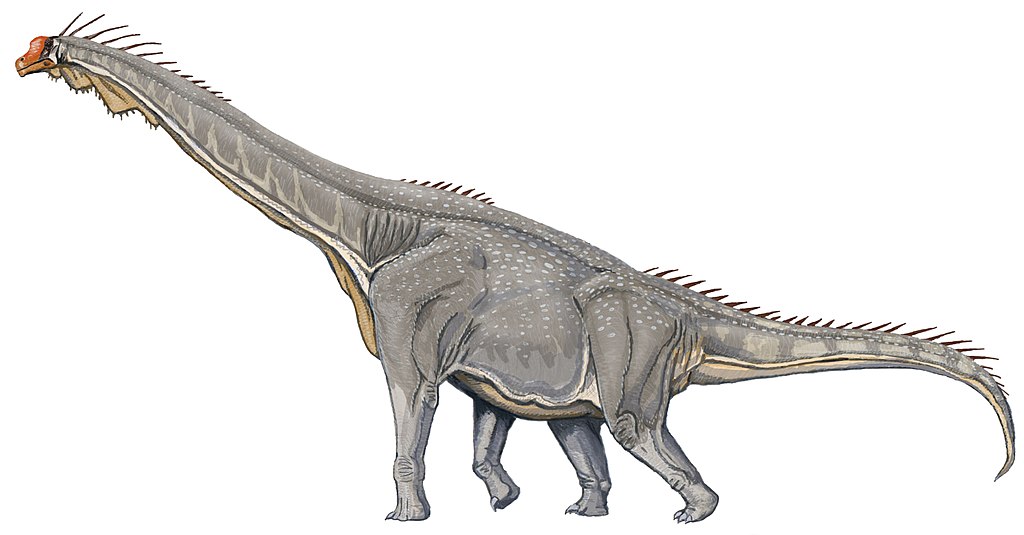
For most of its museum life, Berlin’s dinosaur star was known as Brachiosaurus brancai, classified in the same genus as the North American Brachiosaurus altithorax. However, in 1988, paleontologist Gregory Paul suggested that the African species was distinct enough to warrant its genus, proposing the name Giraffatitan (“giraffe titan”) to highlight its extremely elongated neck. This reclassification remained controversial for years, with many scientists continuing to use the original designation. By the early 21st century, further research supported the separation, and today most paleontologists accept Giraffatitan as a valid genus distinct from Brachiosaurus. The differences include Giraffatitan’s more extreme neck elongation, taller shoulders, and differences in vertebral structure—features that make the Berlin specimen even more unique than previously recognized.
Architectural Marvel: Building a Museum Around a Dinosaur

The Museum für Naturkunde faced a unique challenge when it came to displaying its prized specimen—how to showcase a creature of such immense proportions in a way that would both preserve the scientific integrity of the skeleton and create a breathtaking visitor experience. The solution came in the form of a custom-designed exhibition hall with soaring ceilings specifically engineered to accommodate the dinosaur’s height. When reconstruction work began in the 1930s, the museum essentially built part of its display area around the skeleton rather than trying to fit the dinosaur into an existing space. This architectural adaptation speaks to the specimen’s importance in the museum’s collection. Today, the central hall’s design allows visitors to observe Giraffatitan from multiple angles and elevations, providing various perspectives on the massive skeleton that would be impossible in a more conventionally designed museum space.
Survival Through War: How Giraffatitan Weathered World War II

One of the most remarkable chapters in Giraffatitan’s history is its survival through the devastation of World War II. As Allied bombing intensified over Berlin in the early 1940s, museum staff faced difficult decisions about how to protect their irreplaceable collections. While smaller specimens could be moved to bunkers and underground storage facilities, the massive mounted Giraffatitan skeleton presented a unique challenge. Museum records indicate that portions of the skeleton were disassembled and moved to safer locations, while other elements remained in place, vulnerable to potential destruction. When a bomb struck the museum in February 1945, several halls were heavily damaged, but miraculously, the dinosaur hall survived without catastrophic damage. The survival of this scientific treasure through such turbulent times adds another layer to its remarkable story, making it not just a paleontological specimen but a survivor of human history as well.
Scientific Significance: Why Paleontologists Still Study It Today
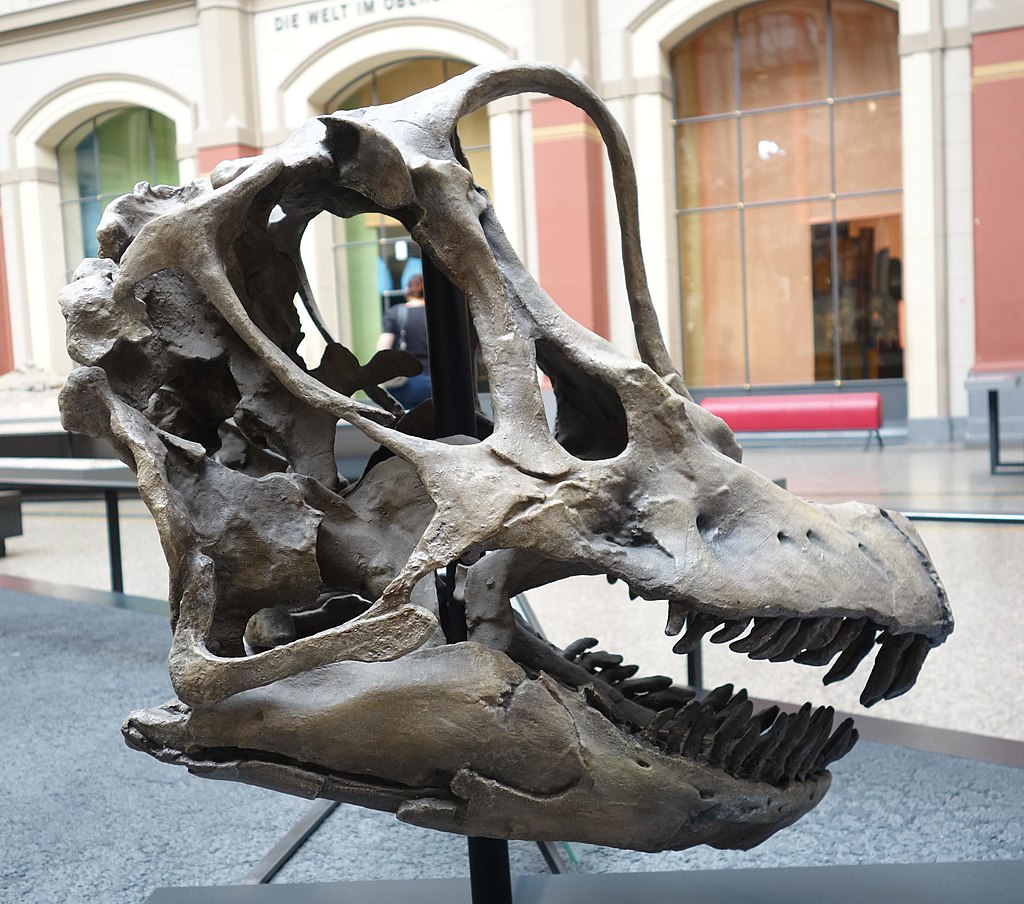
Despite being discovered over a century ago, Giraffatitan continues to yield new scientific insights through advancing technologies and methodologies. Modern researchers have used digital scanning techniques to create detailed 3D models of the skeleton, allowing for more precise calculations of its weight, center of gravity, and potential range of motion. These studies have revolutionized our understanding of sauropod biomechanics and locomotion. The specimen’s exceptional preservation also continues to provide valuable data about bone histology, growth patterns, and potential pathologies that affected these massive animals. Additionally, the Giraffatitan material includes multiple individuals of different sizes, offering rare insights into ontogenetic development—how these animals changed as they grew from juveniles to adults. This combination of completeness, preservation quality, and diversity of material makes the Berlin Giraffatitan one of the most scientifically valuable dinosaur specimens in the world.
Size Matters: How Giraffatitan Compares to Other Giants

For decades, Giraffatitan was considered one of the largest dinosaurs ever discovered, with early estimates placing its weight at up to 78 tons. Modern reassessments using more sophisticated volumetric techniques have revised this figure downward to approximately 30-40 tons, still an impressive size but smaller than originally thought. Standing about 13 meters tall and measuring roughly 22 meters in length, Giraffatitan now ranks among the medium-to-large sauropods rather than at the absolute top of the size chart. Discoveries from Argentina and elsewhere have revealed titanosaurs like Patagotitan and Argentinosaurus that likely outweighed Giraffatitan considerably. However, what makes the Berlin specimen special isn’t just its size but its completeness—many larger dinosaurs are known only from fragmentary remains, while Giraffatitan is represented by approximately 70% of a complete skeleton. This exceptional preservation allows for more confident reconstructions and more accurate scientific analyses than are possible with many of the larger but less complete dinosaur specimens.
Life in the Jurassic: Reconstructing Giraffatitan’s World
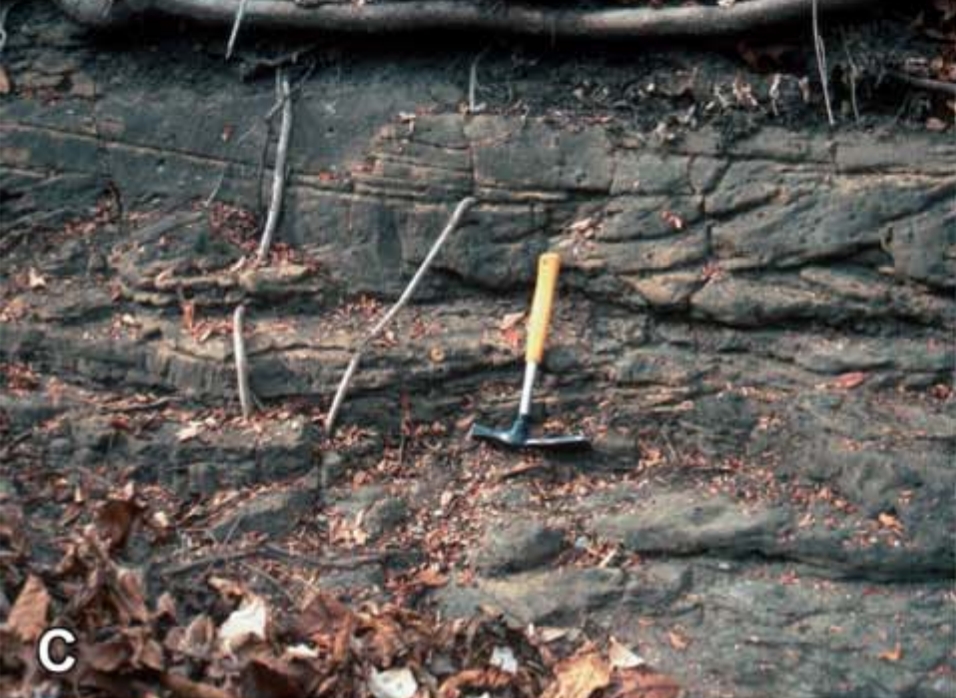
The Tendaguru Formation, where Giraffatitan was discovered, represents a coastal plain environment from the Late Jurassic period, approximately 150 million years ago. During this time, what is now Tanzania featured a mosaic of environments including seasonal rivers, floodplains, and lagoons bordering the splitting supercontinent of Gondwana. Paleoenvironmental reconstructions suggest Giraffatitan inhabited a landscape dominated by conifers, cycads, and primitive flowering plants, quite different from the African savanna of today. The climate was warmer and more uniform than present times, though still subject to wet and dry seasonal patterns. Giraffatitan shared this ecosystem with other dinosaurs, urs including the stegosaur Kentrosaurus, the small ornithopod Dysalotosaurus, and various theropod predators. The rich fossil assemblage from Tendaguru has allowed scientists to reconstruct not just individual species but complex ecological relationships that existed in this ancient landscape, with Giraffatitan likely occupying the niche of a high-browsing herbivore that could access food sources unavailable to other contemporary dinosaurs.
Feeding the Giant: Dietary Habits and Energy Requirements
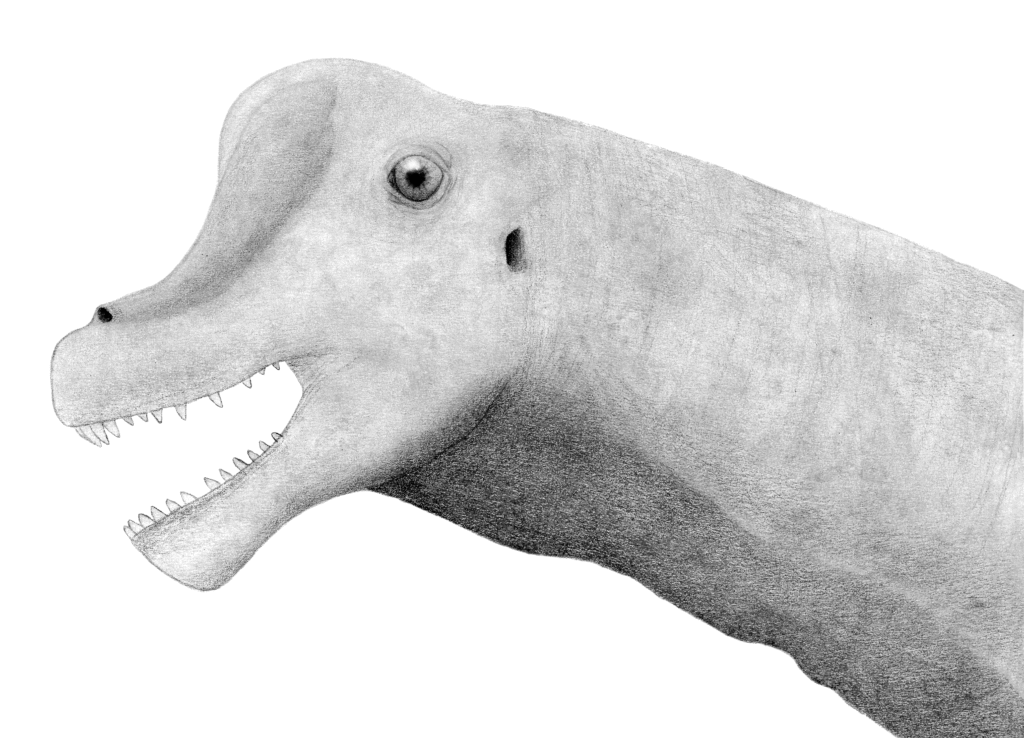
Maintaining a body of Giraffatitan’s immense size would have required prodigious amounts of food—estimates suggest it may have consumed hundreds of kilograms of plant material daily. Its specialized anatomy, particularly the elongated neck and height at the shoulder, allowed it to browse vegetation at levels inaccessible to most other herbivores of its time. Microscopic wear patterns on fossilized teeth suggest Giraffatitan was primarily a browser rather than a grazer, likely feeding on conifers, cycads, and other high-growing vegetation. Recent studies have examined the energetics of such massive animals, calculating that Giraffatitan would have needed to minimize energy expenditure through relatively slow movement and efficient digestion. Its large body size would have provided advantages for processing low-quality plant material through extended gut retention times, allowing maximum nutrient extraction from fibrous plant matter. This feeding ecology represents a unique evolutionary solution to exploiting plant resources that smaller herbivores couldn’t efficiently utilize, helping explain why sauropods evolved such extreme body sizes.
Cultural Impact: Giraffatitan as Berlin’s Dinosaur Ambassador
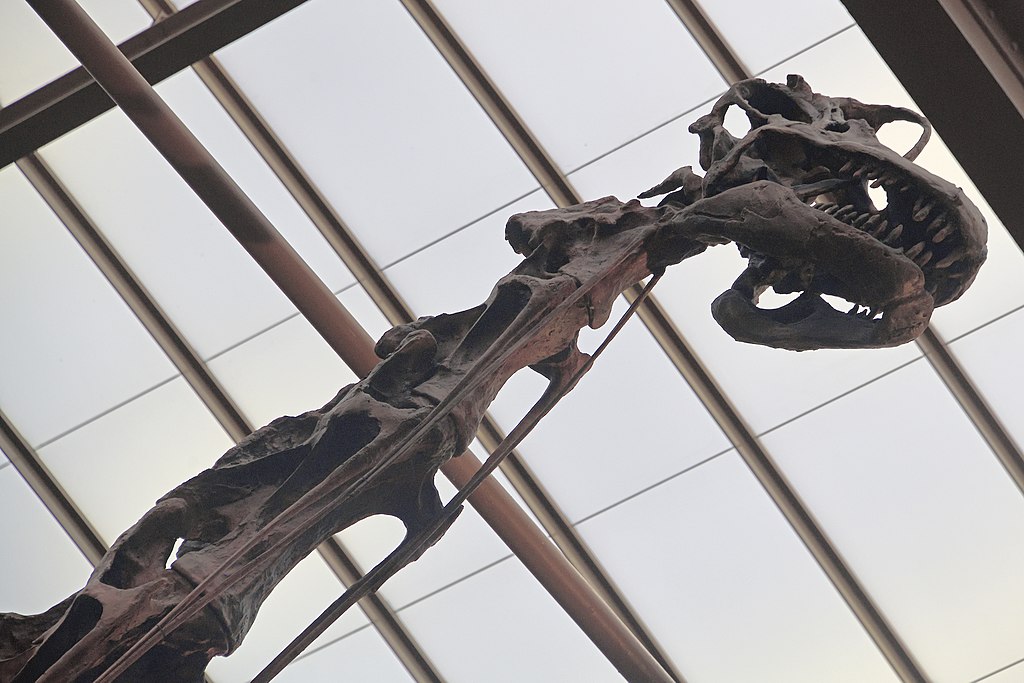
Beyond its scientific importance, the Berlin Giraffatitan has become a cultural icon and a symbol of the city itself. Its silhouette appears on museum merchandise, city tourism materials, and has inspired numerous artistic interpretations. Local Berliners affectionately refer to it as “the dinosaur,” needing no further specific description, despite the museum housing many other prehistoric specimens. The skeleton serves as a powerful draw for tourism, bringing hundreds of thousands of visitors to the museum annually, many of whom come specifically to see this impressive fossil. School children throughout Germany grow up visiting or learning about “Berlin’s dinosaur,” making it a shared cultural touchpoint across generations. During the ColdWaraperiodd when Berlin was divided, the Giraffatitan in East Berlin became one of the few widely recognized cultural landmarks shared in the consciousness of citizens from both sides of the wall. This cultural significance extends beyond Germany as well, with the Berlin specimen featuring prominently in international dinosaur books, documentaries, and educational materials, making it one of the world’s most recognizable individual fossil specimens.
Museum Innovation: How Giraffatitan Drives Exhibition Design

The challenge of effectively displaying such an enormous specimen has driven innovation in museum exhibition techniques at the Museum für Naturkunde. The current mounting system, revised during a major renovation completed in 2007, represents state-of-the-art methods for supporting massive fossils while minimizing stress on the fragile original bones. Many of the displayed bones are now high-quality casts, with some original material carefully preserved in climate-controlled storage facilities for scientific study. The museum has pioneered techniques for creating lightweight, durable replicas that accurately reflect the texture and appearance of the original fossils. Digital interpretation tools surrounding the specimen allow visitors to interact with 3D models, tissue reconstructions, and animations that bring the ancient animal to life. The museum has also experimented with innovative lighting designs that highlight different aspects of the skeleton’s structure depending on the time of day or special exhibitions. These exhibition innovations, developed specifically for showcasing Giraffatitan, have influenced dinosaur displays worldwide, with many museums adopting similar techniques for their large fossil specimens.
Postural Debates: How Our Understanding of Giraffatitan Has Changed
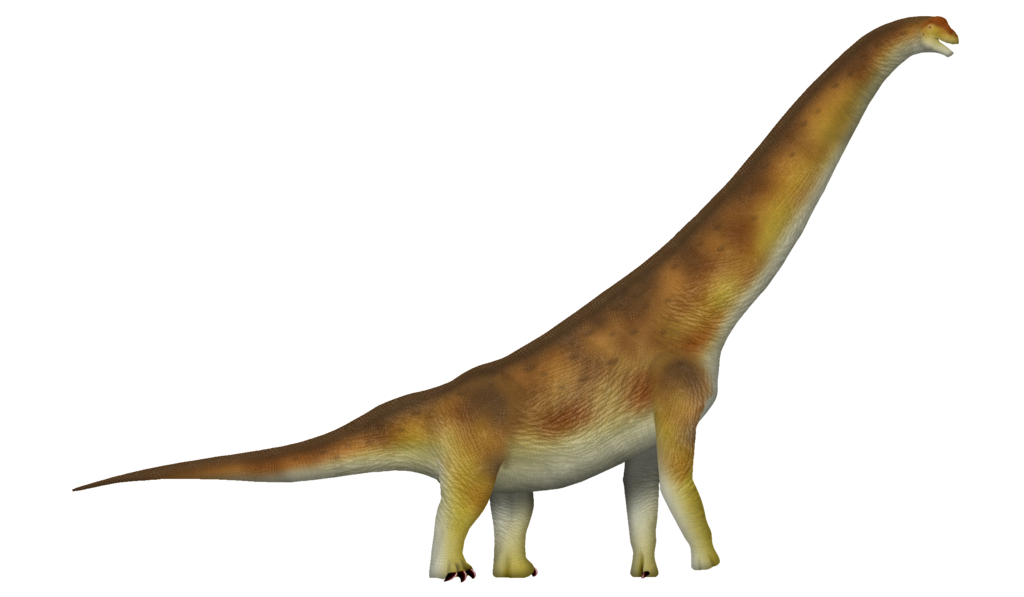
When the Berlin Giraffatitan was first mounted in the 1930s, it stood with its neck held high in a swan-like posture, its tail dragging on the ground behind it, reflecting the scientific understanding of sauropod posture at that time. This iconic silhouette became embedded in popular culture through countless illustrations, models, and media depictions. However, by the late 20th century, paleontologists began questioning this traditional interpretation. Biomechanical studies suggested that maintaining such an extreme neck angle would have placed enormous strain on the animal’s circulatory system and musculature. When the museum renovated the display in the early 2000s, the mounting was subtly modified to reflect more current understanding, with a slightly less vertical neck posture and a tail that no longer drags on the ground. These changes represent the evolving nature of paleontological knowledge. Museum documentation now acknowledges these historical shifts in scientific interpretation, using the display to educate visitors not just about dinosaurs themselves but about how scientific understanding changes over time as new evidence and analytical techniques emerge.
Colonial Context: Reexamining the Expedition’s Legacy
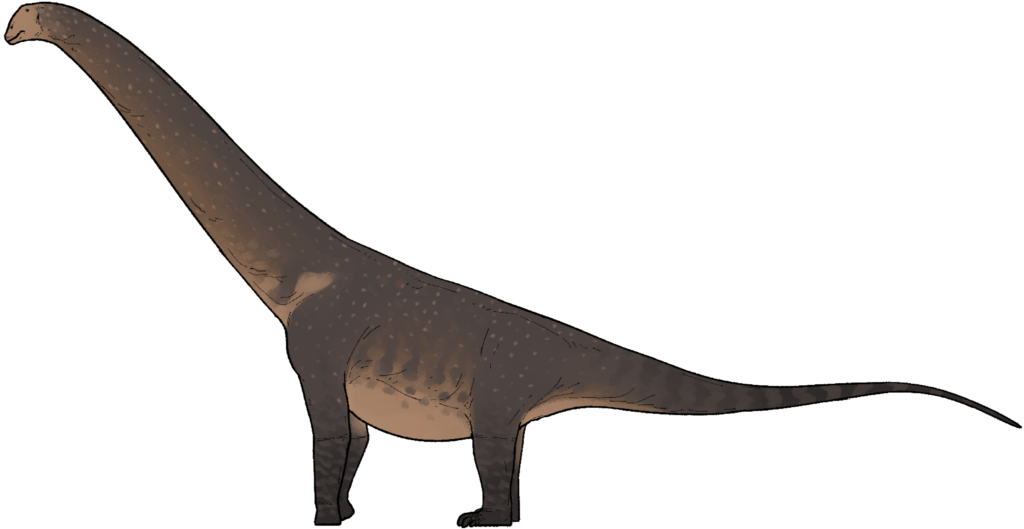
In recent years, the Museum für Naturkunde has begun addressing the colonial context in which the Tendaguru expeditions took place. The massive excavation efforts between 1909 and 1913 occurred during Germany’s colonial occupation of East Africa, utilizing local labor under European direction during a period of profound power imbalance. Modern museum interpretations now acknowledge this historical context, recognizing both the scientific achievements and the problematic power dynamics that enabled the removal of these fossils from their country of origin. The museum has initiated collaborations with Tanzanian institutions, including knowledge-sharing programs, joint research initiatives, and discussions about the future of these significant specimens. Digital repatriation projects are creating detailed 3D scans of the Tendaguru material that can be shared with museums in Tanzania, allowing local institutions to display accurate reproductions of fossils currently housed in Berlin. These efforts represent an evolving approach to museum ethics that acknowledges historical inequities while seeking constructive paths forward that benefit scientific understanding and cultural heritage preservation in both Germany and Tanzania.
Future Prospects: New Research on an Old Dinosaur

Despite being studied for over a century, Giraffatitan continues to yield new scientific insights through technological advances that weren’t available to earlier generations of researchers. Ongoing projects include high-resolution CT scanning of cranial material to better understand brain morphology and sensory capabilities. Synchrotron imaging of bone microstructure is revealing new details about growth patterns and life history. Isotopic analysis of tooth enamel offers clues about diet and environmental conditions during the animal’s lifetime. Advanced biomechanical modeling using engineering principles is refining our understanding of how such a massive animal moved and functioned. The museum’s continuing investment in preservation ensures that future generations of scientists will have access to this exceptional specimen, likely applying research techniques not yet invented. This forward-looking approach ensures that Giraffatitan will remain not just a historical treasure but an active contributor to advancing scientific knowledge well into the future, continuing its remarkable journey from prehistoric beast to museum centerpiece to ongoing research subject.
Conclusion
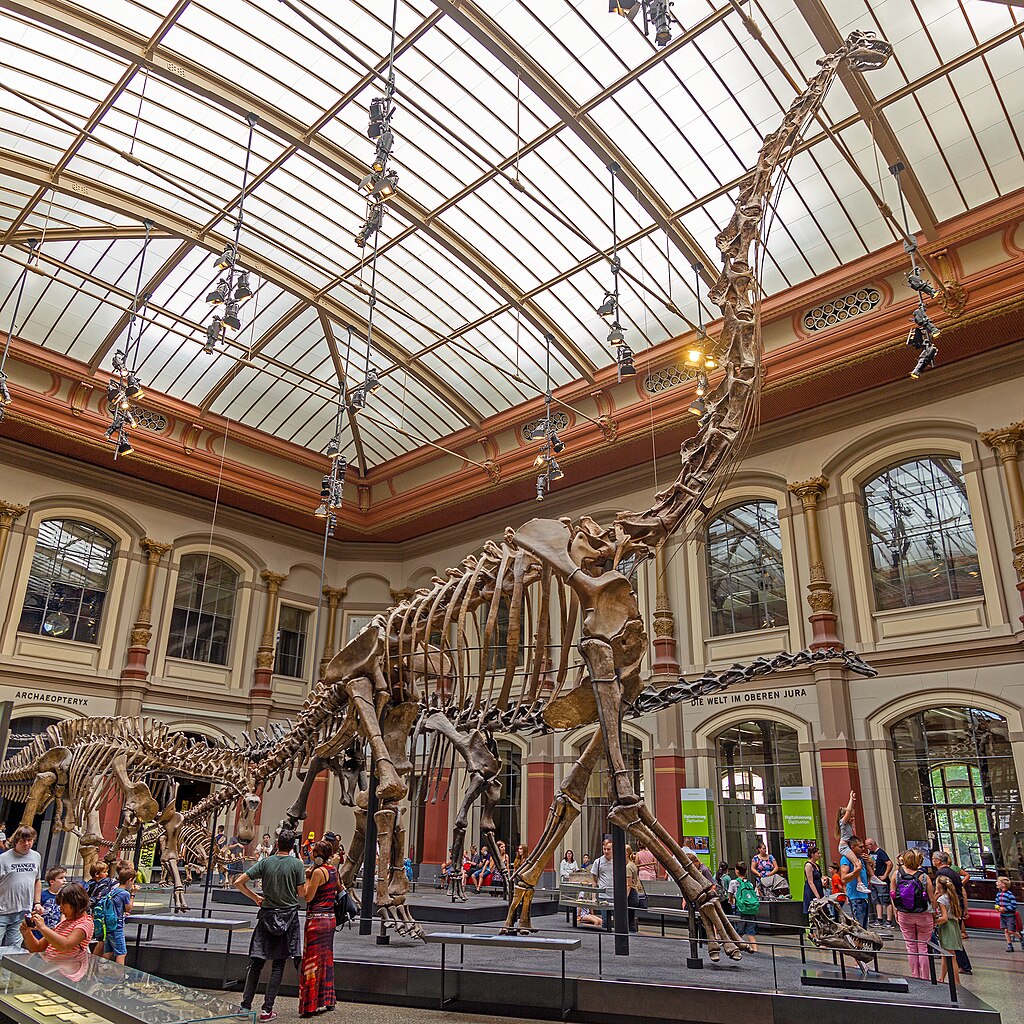
The Giraffatitan that dominates the central hall of Berlin’s Museum für Naturkunde represents far more than just an impressive fossil display. It stands as a testament to paleontological achievement, a survivor of historical turmoil, a catalyst for scientific innovation, and a powerful cultural symbol. Its journey—from the ancient plains of Jurassic Africa to colonial-era excavation to its current status as a beloved museum icon—reflects the complex intertwining of science, history, and cultural heritage. As our understanding of dinosaur biology continues to evolve and as museums grapple with questions of representation and historical context, Giraffatitan remains at the center of these conversations, its towering presence a reminder of both the ancient world it inhabited and the human story of its discovery and interpretation. For visitors, young and old, scientists and laypeople alike, Berlin’s magnificent dinosaur continues to inspire wonder, spark curiosity, and connect us to the distant past in a uniquely powerful way.


